Peer Gynt
Edvard Grieg
Ballet in two acts
Libretto: Edward Clug after the dramatic poem by Henrik Ibsen
Music: Edvard Grieg(Peer Gynt Op. 23 and other pieces)
World Premiere: 5 November 2015, Slovene National Theatre
Polish Premiere: 25 October 2024, Polish National Ballet
Theatre makers find Henrik Ibsen’s Peer Gynt to be rather problematic. While challenging to put on the stage, the dramatic poem with episodic structure featuring fantastical elements turned out to be perfect material for a ballet. In 2015 the Slovenian dancer of Romanian origin Edward Clug created a choreographic adaptation of the play. The ballet’s Maribor world premiere was a triumph and the work was subsequently staged in Zurich, Vienna, Dortmund, Hannover, and Leipzig. What is the reason for its popularity? It is not intimidated by the original’s broken narrative, leaves questions about the meaning of the protagonist’s individual adventures unanswered, and, crucially, uses a very contemporary visual language, without treating the Ibsen piece as a dusty old fairytale inspired by folklore.
Ibsen’s Peer Gynt is a very modern character: An everyman and an antihero in one. He comes from an impecunious family and does not posses many material objects. He is egoistical by nature, can tell bare-faced lies, or fabrications, recounting trumped-up or totally made-up stories about the things that happened to him. In Peer’s imagination, his parents’ meagre dwelling becomes a shiny palace, while his morally questionable adventures turn into acts of heroism, offering him an escape from reality. Peer’s goal in life is ambiguous: he would like to be a somebody (preferably, somebody else) and find love, yet to appreciate the affection and loyalty of Solveig, a woman who develops feelings for him, Peer has to face angry trolls, set out into the Orient, become an inmate of an lunatic asylum, and return to where he started.
Edvard Grieg’s music naturally plays a crucial role in the production. The score combines two suites compiled from the incidental music to Ibsen’s play as well as the composer’s other instrumental pieces: String Quartet in G minor Op. 27, Piano Concerto in A minor Op. 16, and a selection of Lyric Pieces, which in the choreographer's view perfectly illustrate the atmosphere of the poem.
Clug’s true fascination with Ibsen’s ambiguous dramatic poem produced a surreal ballet with elements of the theatre of the absurd, palpably gloomy, yet marked with a large measure of irony. The choreographer managed to capture the two main aspects of Peer Gynt, which is both a fanciful féerie and a story of a man’s growth into maturity. As a result, the production portrays a fantastical world that turns out to be very close to the present-day reality.
Polish National Ballet
Orchestra of the Polish National Opera
Marek Bracha – piano
Cast
Credits
Synopsis
Sponsors
-
Ministry of Culture and National Heritage of the Republic of Poland
-
Patrons of the Polish National Opera
Partners of the Opera Academy
-
Partners of the Polish National Opera
-
Partner of the Polish National Ballet
-
Media patrons
-
Partners of the event





![[Translate to English:]](/fileadmin/import/media/img/sezon24_25/PeerGynt_pod_spektakl.jpg)
![[Translate to English:] [Translate to English:]](/fileadmin/_processed_/9/5/csm_PeerGynt_B-1_PREVKA_dc44fd7861.jpg)





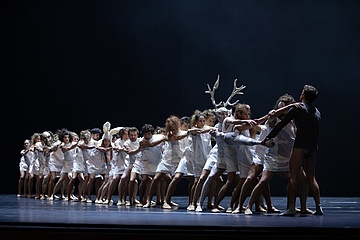














![[Translate to English:] [Translate to English:]](/fileadmin/_processed_/2/b/csm_PEER_GYNT_-_teaser_6e0ef1db0d.png)
![[Translate to English:] [Translate to English:]](/fileadmin/_processed_/c/3/csm_Edward_Clug_o_balecie__Peer_Gynt__edab52ae1f.png)
![[Translate to English:] [Translate to English:]](/fileadmin/_processed_/b/7/csm_Ruch_w_Wielkim_-_spotkanie_przed_baletem__Peer_Gynt__7239f505f5.png)
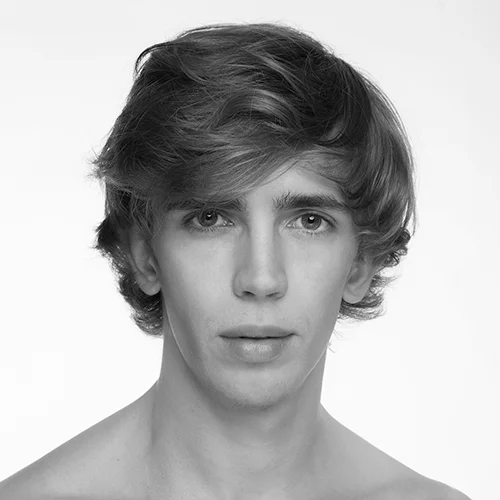 Patryk Walczak
Patryk Walczak  Yuka Ebihara
Yuka Ebihara ![[Translate to English:]](/fileadmin/import/uploads/tx_news/Carlos_Martin_Perez_new_02.jpg) Carlos Martín Pérez
Carlos Martín Pérez 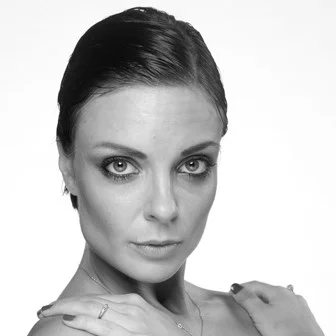 Marta Fiedler
Marta Fiedler 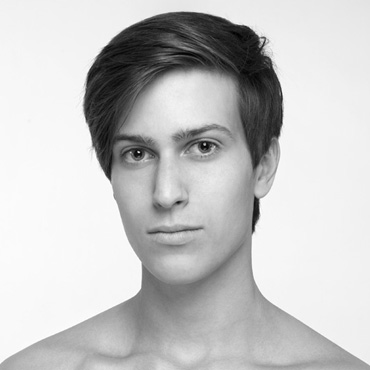 Kristóf Szabó
Kristóf Szabó ![[Translate to English:]](/fileadmin/import/media/img/ludzie/tancerze/medium/JAEEUN_JUNG_2024_-_kwadrat.jpg) Jaeeun Jung
Jaeeun Jung  Marco Esposito
Marco Esposito  Yume Okano
Yume Okano 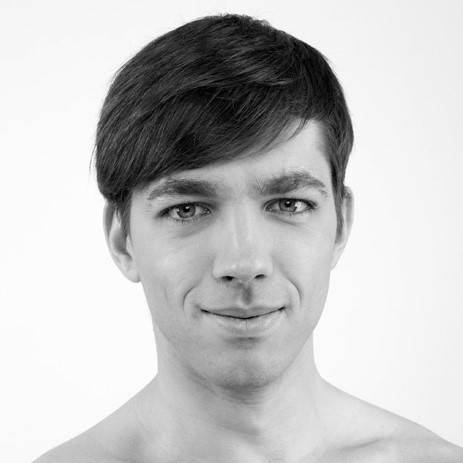 Paweł Koncewoj
Paweł Koncewoj ![[Translate to English:]](/fileadmin/_processed_/7/b/csm_Daria_Majewska_IMG_96401_-2025_7b9d7276a4.jpg) Daria Majewska
Daria Majewska  Mai Kageyama
Mai Kageyama 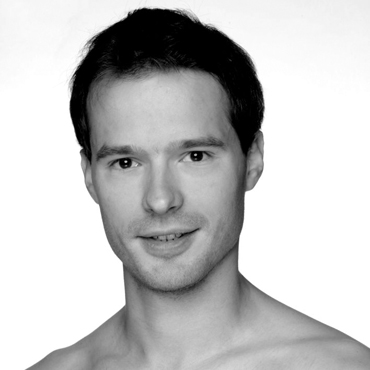 Łukasz Tużnik
Łukasz Tużnik ![[Translate to English:]](/fileadmin/_processed_/1/1/csm_Antonio_Lanzo_2025_2_616fa16ee3.jpg) Antonio Lanzo
Antonio Lanzo ![[Translate to English:]](/fileadmin/import/media/img/ludzie/tancerze/ryota_kitai_2024_-_kwadrat2.jpg) Ryota Kitai
Ryota Kitai ![[Translate to English:]](/fileadmin/import/media/img/ludzie/tancerze/medium/Vladimir_Yaroshenko_2024_-_kwadrat.jpg) Vladimir Yaroshenko
Vladimir Yaroshenko  Joanna Drabik
Joanna Drabik  Nikodem Bialik
Nikodem Bialik ![[Translate to English:]](/fileadmin/import/media/img/ludzie/tancerze/LAURENCE_ELLIOTT_2024_-_kwadrat_2.jpg) Laurence Elliott
Laurence Elliott  Nikola Dworecka
Nikola Dworecka  Karolina Kiermut
Karolina Kiermut  Tomasz Fabiański
Tomasz Fabiański ![[Translate to English:]](/fileadmin/_processed_/4/d/csm_Edward_Clug_-_kwadrat_5c873b2945.jpeg) Edward Clug
Edward Clug  Alexei Baklan
Alexei Baklan  Miloš Isajlović
Miloš Isajlović  Mirjana Šrot
Mirjana Šrot ![[Translate to English:]](/fileadmin/_processed_/5/f/csm_Marko_Japelj_-_kwadrat_38ae320972.jpg) Marko Japelj
Marko Japelj ![[Translate to English:]](/fileadmin/_processed_/4/b/csm_Leo_Kulas_kwadrat_2_0f3adf87b4.jpg) Leo Kulaš
Leo Kulaš ![[Translate to English:]](/fileadmin/_processed_/7/d/csm_Tomaz_Premzl_-_kwadrat_4b73856e23.jpeg) Tomaž Premzl
Tomaž Premzl 












